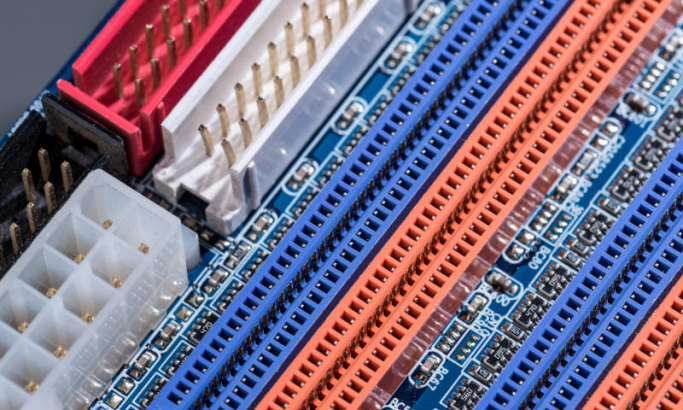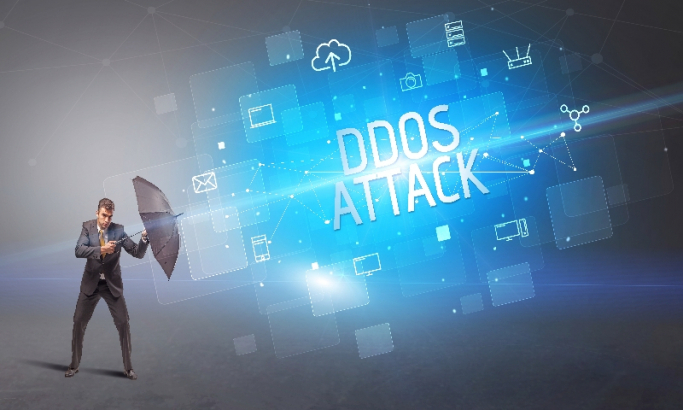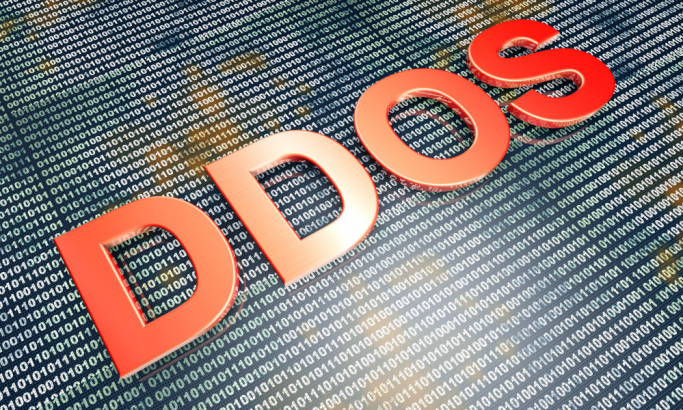Enhancing Internet security with IRR: protection against incorrect route advertisements
Posted on 04/07/2024, by
INCIBE (INCIBE)

In the complex web of network infrastructure, the Internet Routing Registry (IRR) stands out as an essential component, playing an important role in the coordination and security of routing policies. Its benefits are significant in building a cyberspace free of spoofing-type attacks. Knowing how to create and maintain objects in the IRR is essential for operators of Internet infrastructures. This article presents its fundamental elements and the tools that help in its life cycle













